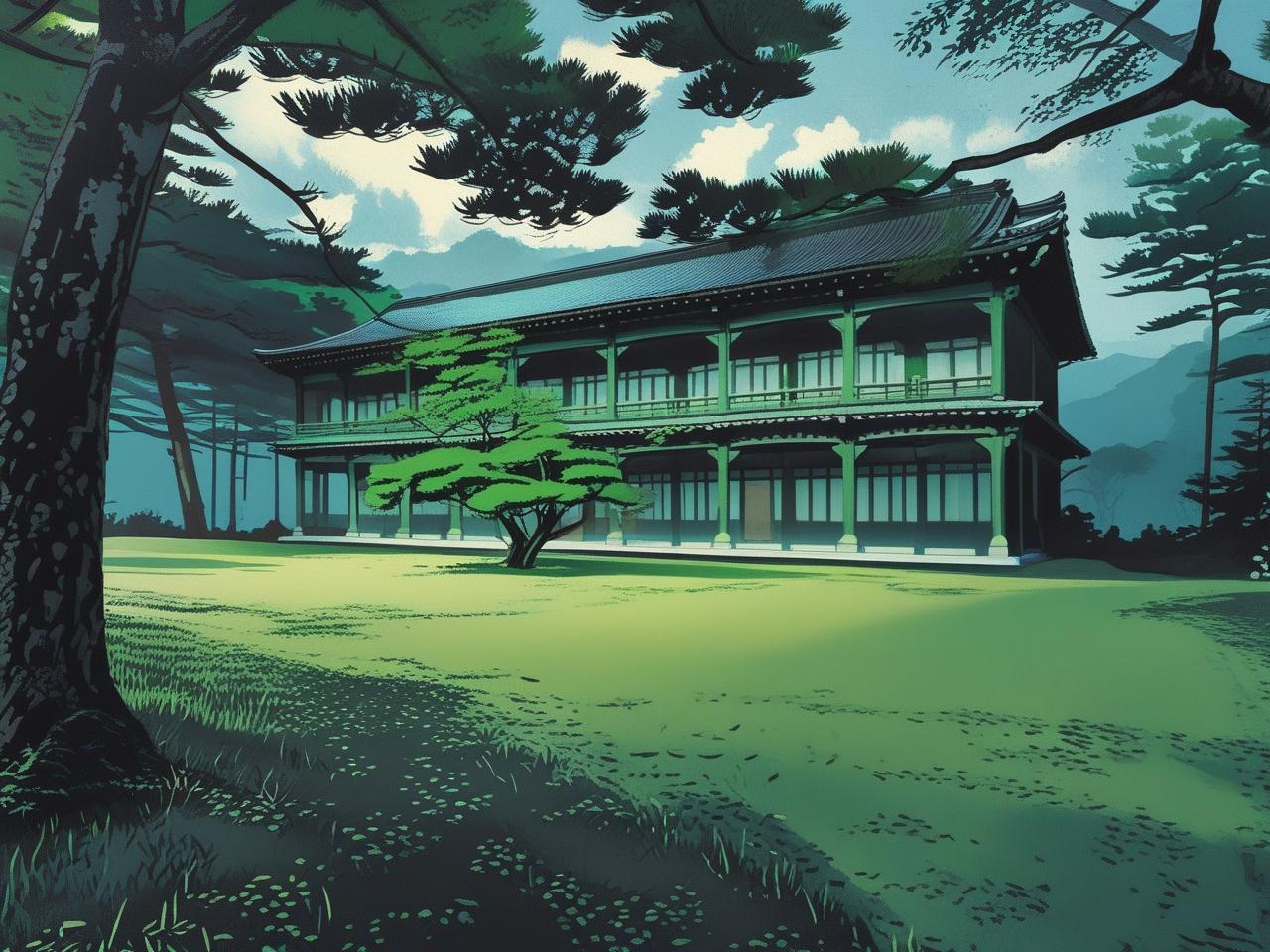Nestled atop a hill overlooking the Pacific Ocean in Hualien, Taiwan, Pine Garden (松園別館) is more than just a scenic spot; it’s a living testament to the island’s rich and complex history.
With its distinctive Japanese architecture, sprawling gardens, and breathtaking views, Pine Garden offers visitors a serene escape and a profound journey through time.
Once a strategic military outpost, it has transformed into a vibrant cultural center, preserving its past while embracing its future as a significant landmark in Hualien.
History
The story of Pine Garden is intrinsically linked to the shifting tides of power and development in Taiwan.
Japanese Colonial Period (日治時期)
Constructed in 1943 during the Japanese colonial era, Pine Garden originally served as the Hualien Office of the Japanese Army’s Kamikaze Special Attack Corps.
Its strategic location on a bluff provided an excellent vantage point for monitoring naval activities and guarding the port of Hualien.
The tranquil setting belied its wartime purpose, with the Japanese military command utilizing its serene atmosphere for strategic planning and as a resting place for pilots before their missions.
The distinct Japanese architectural style, featuring an elevated foundation and a blend of wood and plaster, remains a prominent characteristic from this period.
Post-War Period (戰後時期)
Following Japan’s surrender in 1945 and the end of World War II, Taiwan was returned to the Republic of China.
Pine Garden, like many other Japanese-built structures, was repurposed.
It came under the administration of the Republic of China Army, serving various military and administrative functions.
1970s (1970年代)
As Taiwan’s political landscape stabilized and development progressed, the military presence at Pine Garden gradually diminished.
By the 1970s, its primary role as a military installation began to fade, and the site saw less intensive use, leading to a period of relative quiet.
1990s (1990年代)
Recognizing the historical and architectural significance of Pine Garden, the Hualien County Government designated it as a county-level historic site in 1996.
This crucial step marked the beginning of its transformation from a former military compound to a publicly accessible cultural heritage site, paving the way for its preservation and revitalization.
2020s (2020年代)
Today, in 2024, Pine Garden stands as a thriving cultural and artistic hub.
Meticulously restored, it hosts art exhibitions, cultural events, and educational activities.
Its grounds are a popular spot for both locals and tourists to enjoy the panoramic views, stroll through the gardens, and learn about Hualien’s past.
The transformation from a wartime relic to a symbol of peace and culture is a testament to the efforts of preservationists and the community.
Getting Here & Transportation
Pine Garden is conveniently located in Hualien City and is easily accessible by various means of transportation:
By Bus: Several local bus routes in Hualien City have stops near Pine Garden. Check with the local bus operators for the most current routes and schedules.
By Taxi/Ride-sharing (Recommended): Taxis and ride-sharing services are readily available throughout Hualien City and offer a convenient direct way to reach Pine Garden. The journey from Hualien Main Station typically takes less than 15 minutes.
By Scooter/Car: If you have rented a scooter or car, Pine Garden offers parking facilities. Follow signs for Songyuan Biegua (松園別館).
Summary
Pine Garden is more than just a beautiful historical building; it is a microcosm of Taiwan’s journey through the 20th century.
From its origins as a Japanese military outpost to its current role as a vibrant cultural and artistic center, it embodies resilience, transformation, and a deep respect for heritage.
Visiting Pine Garden offers an opportunity to step back in time, appreciate architectural beauty, and enjoy stunning natural vistas, making it an essential stop for anyone exploring Hualien.

